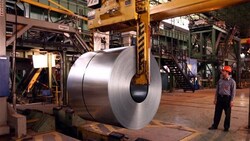
Annual exports from mining sector up 91%
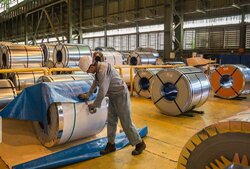
According to Head of TPO’s Minerals and Mining Industries Desk Elaheh Mokri, the exports amounted to 9.15 million tons in weight, showing a 12-percent rise compared to the year 1399.
Steel ingot with $4.156 billion worth of exports was the top exported item in the previous year, followed by long steel products with $1.621 billion, copper cathodes with $1.357 billion, aluminum ingots with $607 million, and flat-rolled steel products with $494 million, zinc ingots with $477 million, iron ore and concentrate with $280 million and sponge iron with $238 million worth of exports, she said.
The above-mentioned products with a total value of $9.230 billion accounted for approximately 87.6 percent of the total exports of metals and minerals in the year 1400, the official said.
Having 81 different types of minerals, Iran is one of the top 10 mineral-rich countries across the globe. In this regard, the Iranian government has been seriously pursuing several programs for promoting the mining sector as a major contributor to the country’s economic growth.
Iran's proven iron ore reserves are 2.7 billion tons, while the country’s copper reserves are 2.6 billion tons. The country also has 11 million tons of zinc reserves.
The total proven reserves of Iran's mines are estimated at about 60 billion tons, which is expected to reach more than 100 billion tons with the implementation of the Industry, Mining, and Trade Ministry’s exploration programs over 500,000 square kilometers of new mineral zones.
Despite the country’s huge potential in this area, due to some issues like the lack of necessary machinery and equipment and the lack of access to financial resources and foreign investment because of the U.S. sanctions, the Iranian mining sector has been struggling to operate at its maximum capacity over the past few years.
So, the government programs for promoting this industry are mainly focused on relying on domestic sources for helping the mining sector overcome its current problems and hit its ideal targets.
Source: Tehran Times

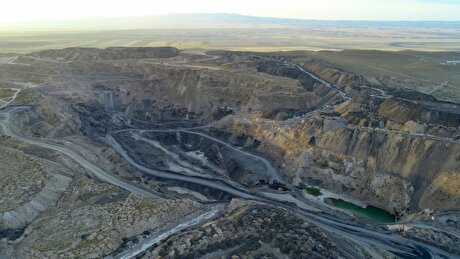
Uzbek gold miner said to eye $20 billion value in dual listing

Peabody–Anglo $3.8B coal deal on the brink after mine fire
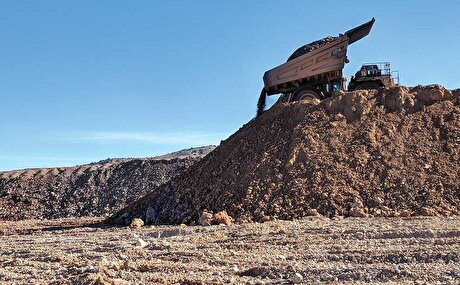
Minera Alamos buys Equinox’s Nevada assets for $115M
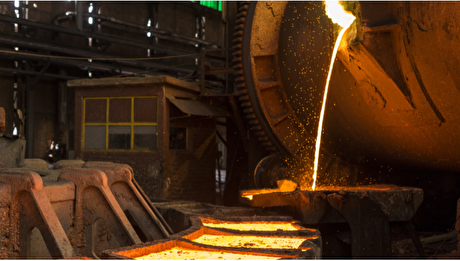
Adani’s new copper smelter in India applies to become LME-listed brand
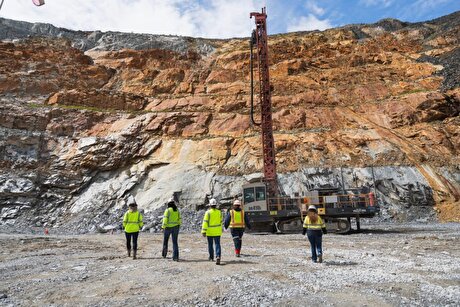
OceanaGold hits new high on strong Q2 results
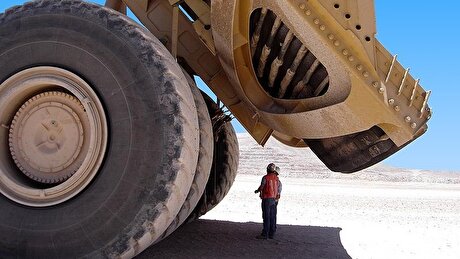
Cochilco maintains copper price forecast for 2025 and 2026
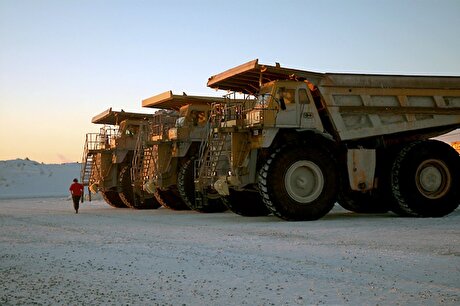
Discovery Silver hits new high on first quarterly results as producer
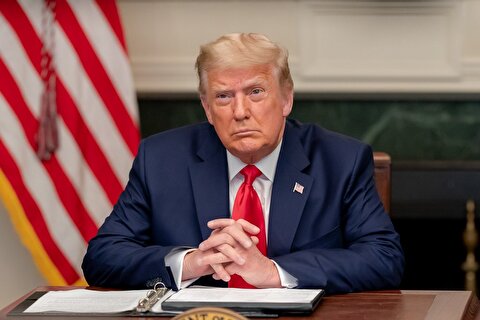
Trump says gold imports won’t be tariffed in reprieve for market
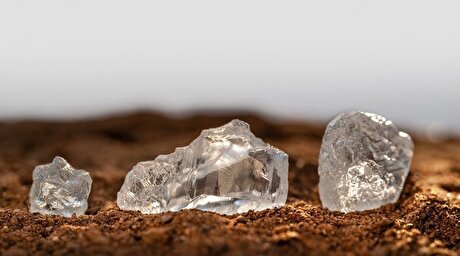
De Beers strikes first kimberlite field in 30 years
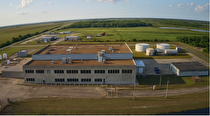
Flash Metals USA advances critical minerals recovery plant in Texas

Glencore trader who led ill-fated battery recycling push to exit
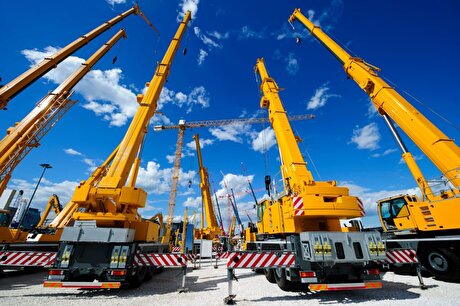
US hikes steel, aluminum tariffs on imported wind turbines, cranes, railcars
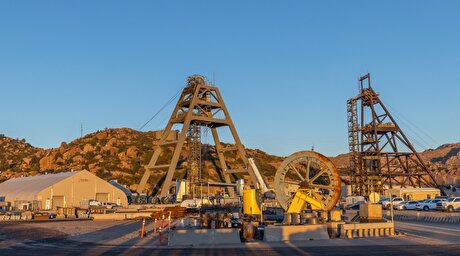
US appeals court temporarily blocks land transfer for Resolution Copper

Glencore seeks $13 billion in incentives for Argentina copper projects
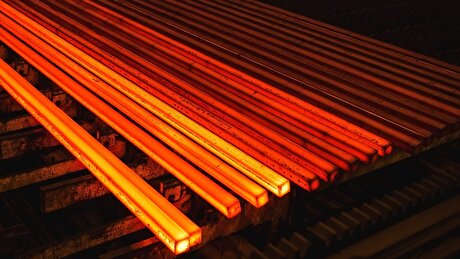
Iron ore price falls with BHP results, soft China demand in focus
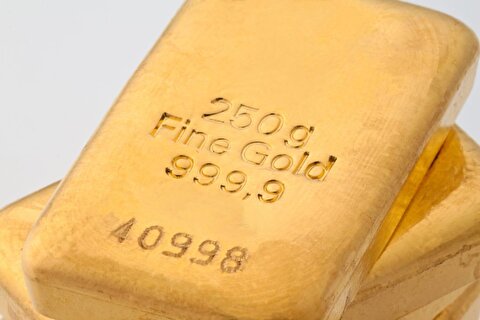
UBS lifts 2026 gold forecasts on US macro risks
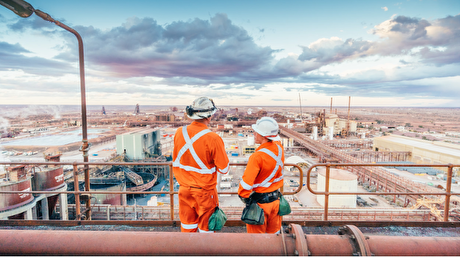
BHP shares near priciest valuation since 2021 on shift to miners

African Rainbow boosts Surge Copper stake to 19.9%
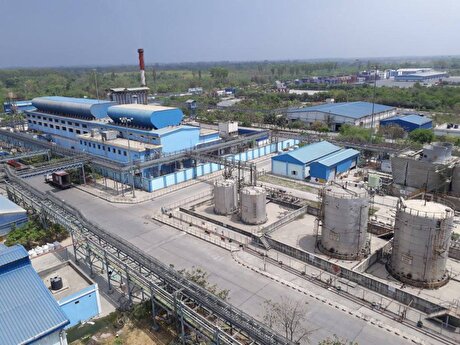
Hindustan Zinc to invest $438 million to build reprocessing plant

Flash Metals USA advances critical minerals recovery plant in Texas

Glencore trader who led ill-fated battery recycling push to exit

US hikes steel, aluminum tariffs on imported wind turbines, cranes, railcars

US appeals court temporarily blocks land transfer for Resolution Copper

Glencore seeks $13 billion in incentives for Argentina copper projects

Iron ore price falls with BHP results, soft China demand in focus

UBS lifts 2026 gold forecasts on US macro risks

BHP shares near priciest valuation since 2021 on shift to miners

African Rainbow boosts Surge Copper stake to 19.9%

